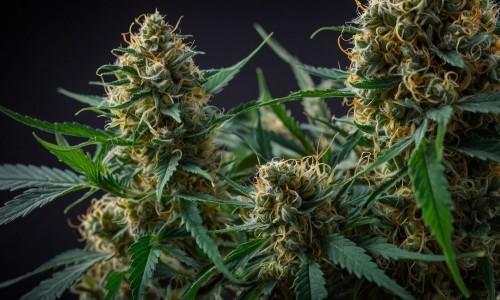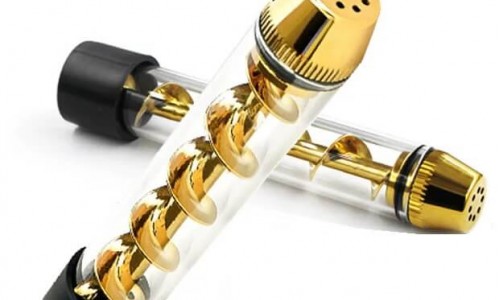What a Dry Herb Vaporizer Used For and How It Works

What is a Dry Herb Vaporizer Used For?
A dry herb vaporizer is a device that heats dried herbs, such as cannabis, to produce a vapor that can be inhaled. Unlike smoking, which burns herbs and releases harmful chemicals, vaping preserves suitable components without creating smoke or ash. Vaping dry herbs offers numerous benefits over smoking, including:
Flavors and Potency
Health Risks
Convenience and Customization
Finding the perfect dry herb vaporizer that aligns with your specific requirements and preferences is essential to vaporizing dry herbs. This comprehensive guide will provide all the information about dry herb vaporizers, covering topics such as selecting the right one, proper usage, maintenance, and adequate storage.
How to Choose a Dry Herb Vaporizer?
When it comes to choosing a dry herb vaporizer can be quite a daunting task, especially for individuals who are new to vaping. There are several important factors to take into account when buying a dry herb vaporizer, such as:
Size: The dimensions of your dry herb vaporizer play a pivotal role in determining its portability, discretion, battery life, and herb chamber capacity. Opt for a compact, smaller vaporizer if you desire a device that's easily portable and suitable for discreet usage on the go. Conversely, consider a larger vaporizer if you don't mind a bulkier device that delivers enhanced power and performance.
Battery Life: The battery life of your dry herb vaporizer dictates the duration you can use it before requiring a recharge. A vaporizer with extended battery life is recommended for frequent or extended vaping sessions. However, if your vaping habits are occasional or brief, a vaporizer with a moderate battery capacity might suffice.
Temperature Control: Your dry herb vaporizer's control capability empowers you to fine-tune the heat settings according to your preferences. Varied temperatures produce distinct effects and flavors from your herbs. Those desiring precise control and customization over their vaping experience should seek accurate and precise temperature control for vapor. In contrast, a simpler vaporizer will do if you are content with preset temperature settings or modes.
Chamber Capacity: The chamber capacity of your dry herb vaporizer directly impacts the quantity of herb you can load at a given time. Opt for a vaporizer with a smaller chamber if you typically vape solo or prefer modest doses. Conversely, if you enjoy vaping with friends or prefer substantial quantities, a vaporizer with a larger chamber will be more suitable.
Price: The cost of your dry herb vaporizer correlates with its quality, features, design, and brand reputation. Be prepared to invest more to acquire a premium device renowned for its exceptional performance and durability. However, suppose you're working within a budget or merely want to experiment with vaping without making a substantial financial commitment. In that case, affordable options still offer decent performance and functionality.
When selecting a dry herb vaporizer, it's essential to take into account how it heats up (some utilize conduction, while others utilize convection), its size (portable or desktop), and its form (pen-shaped or box-shaped). Let's quickly examine each type:
Conduction vs. Convection: Conduction vaporizers heat the herbs directly with the heating element, while convection vaporizers heat the air around the herbs and pass it through the chamber. Conduction vaporizers are cheaper, faster, and easier to use but can cause uneven heating, combustion, and flavor loss. Convection vaporizers tend to be more expensive, slower, and more complicated to use, but they can also provide more even heating, better flavor, and higher efficiency.
Portable vs. Desktop: Portable vaporizers are battery-powered devices you can take anywhere. Desktop vaporizers are plugin devices you can use at home or in a fixed location. Portable vaporizers are more convenient, discreet, and versatile but can also have limited battery life, performance, and features. Desktop vaporizers are more powerful, consistent, and feature-rich but can also be bulky, expensive, and less portable.
Pen vs Box: Pen vaporizers are slim and cylindrical devices that resemble a pen. Box vaporizers are rectangular and boxy devices that have a more ergonomic shape. Pen vaporizers are stealthier, lighter, and easier to use but can also have smaller chambers, batteries, and temperature ranges. Box vaporizers are more comfortable, durable, and customizable but can also be more prominent, heavier, and complicated.
You should research and compare different models and brands to find the best dry herb vaporizer for your needs and preferences. You can also check out reviews and recommendations from other users or experts. Some of their bestselling dry herb vaporizers include:
The XMAX V3 Pro is a portable convection vaporizer with a ceramic chamber, a replaceable battery, a digital display, and haptic feedback. Its temperature range is 212°F to 464°F, and the session time is 5 minutes. It also has a water pipe adapter and a bubbler for an enhanced vaping experience.
The GV Lit Vaporizer is a portable conduction vaporizer with a quartz chamber, a built-in battery, an LED indicator, and a magnetic mouthpiece. It has three temperature settings: 374°F (green), 392°F (blue), and 410°F (red). It also has a preheat function and a safety lock function.
How to Use a Dry Herb Vaporizer?
Using a dry herb vaporizer is relatively easy but requires some preparation and practice. Here are the basic steps on how to use a dry herb vaporizer:
Achieve a consistent herb grind: Start grinding your dry herbs to a fine and uniform consistency. That ensures even heat distribution and a smooth, flavorful vapor. You can use various methods, such as a grinder, scissors, or your fingers, but we recommend using a hero for the best results.
Load the chamber carefully: Carefully fill the vaporizer's chamber with your ground herbs. Packing the section loosely is crucial to maintaining proper airflow and vapor quality. A good guideline is to fill the room to about 3/4 full and gently compress the herbs with your finger or a suitable tool. Ensure that the chamber is clean and dry before loading.
Power up and set the temperature: Turn on your dry herb vaporizer and select your desired setting. Depending on your device, you might have a digital display, an LED indicator, or a dial for adjusting the temperature. Different temperatures will produce varying effects and flavors from your herbs, so feel free to experiment with settings to find your ideal temperature. Generally, lower temperatures (around 320°F to 356°F) emphasize terpenes, creating a more aromatic and mild vapor, while higher temperatures (around 392°F to 446°F) accentuate cannabinoids for a more potent and robust experience.
Inhale gently and slowly: Inhale the vapor from your dry herb vaporizer gradually and gently, much like sipping a hot beverage. This method allows you to savor your herbs' full flavor and effects without wasting vapor or irritating your throat. Avoid holding the moisture in your lungs for an extended period, as this won't enhance cannabinoid absorption but may lead to tar buildup. A few seconds of inhalation is sufficient to maximize your vapor experience.
Power down and empty the chamber after use: After your session, turn off your dry herb vaporizer and carefully open the room. It's essential not to leave any herb residue in the chamber, as this can impact the device's performance and taste. Use a brush or tool to remove any remaining material gently. You can also save the vaped herbs for future use, as they may still contain cannabinoids that can be extracted using other methods, such as making edibles or tinctures.
These are the basic steps for using a dry herb vaporizer. However, depending on your device model and brand, you may need to follow some specific instructions. You should always read your device's user manual before using it for the first time.
How Do You Clean a Dry Herb Vaporizer?
Maintaining a clean dry herb vaporizer is vital for its performance, durability, and hygiene. A dirty or poorly maintained device will produce low-quality vapor and pose potential health risks. Therefore, you should clean your dry herb vaporizer regularly and adequately. The frequency of cleaning your dry herb vaporizer depends on how often you use it and what kind of herbs you vape. Generally speaking, you should clean your device at least once a week if you vape daily or after every few sessions if you vape occasionally. However, if you notice any signs of clogging, residue buildup, or reduced performance, you should clean your device immediately. The tools and materials you need to clean your dry herb vaporizer are:
Cotton swabs
Isopropyl alcohol (at least 90%)
Wipes
How to Clean a Vaporizer
Disassemble your device: The first step is to disassemble it into its main components, such as the chamber, the screen, the mouthpiece, and the heating element. Your user manual provides specific instructions on how to do this.
Clean the chamber: The second step is to clean the chamber of your device with a cotton swab dipped in alcohol. You should gently remove herb residue or oil from the chamber walls and bottom, and you should also use a brush to remove loose material from the chamber.
Clean the screen: The third step is to clean your device's screen with a cotton swab dipped in alcohol. Carefully scrub away any clogged or dirty spots from the screen, and use a brush to remove loose material.
Clean the mouthpiece: The fourth step is to clean your device's voice with a cotton swab dipped in alcohol. Thoroughly wipe away any saliva, dirt, or oil from the agent. You should also use a brush to remove loose material from the mouthpiece.
Clean the heating element: The fifth step is to clean your device's heating element with a cotton swab dipped in alcohol. Gently remove any herb residue or oil from the heating element and use a brush to remove loose material.
Reassemble your device: The final step is to reassemble it into its original form. Make sure that all the parts are dry and fit snugly together. You should also test your device before using it again.
These are the basic steps for cleaning a vaporizer effectively. However, depending on your device model and brand, you may need to follow some specific instructions. You should always read your device's user manual before cleaning it for the first time. Besides cleaning your dry herb vaporizer, you should also maintain it by replacing worn-out or damaged parts, such as the battery, the screen, the mouthpiece, or the heating element. Cleaning and maintaining your dry herb vaporizer regularly and adequately ensures that it will last longer and perform better. You can also enjoy a cleaner and safer vaping experience.
How do you store and preserve your dry herbs?
Storing and preserving dry herbs is also essential for their vaping quality. If you store your dry herbs properly, they may retain their freshness, potency, flavor, and aroma over time. However, they may also become moldy, stale, or contaminated by bacteria, fungi, or insects. Therefore, you should store and preserve your dry herbs carefully and correctly. The main factors that can degrade your dry herbs are:
Heat can cause dry herbs to dry out and lose their terpenes and cannabinoids. It can also activate the decarboxylation process, which converts THCA into THC and reduces the shelf life of your herbs. Therefore, keep your dry herbs away from heat sources such as sunlight, radiators, ovens, or stoves.
Light: Exposing dry herbs to sunlight can degrade their terpenes and cannabinoids and cause chlorophyll and pigments in the spices to break down, resulting in a less appealing brownish appearance. As a precaution, storing dry herbs away from light sources, such as windows, lamps, or flashlights, is essential.
Air: Allowing dry herbs to come into contact with air can result in the loss of terpenes and cannabinoids. Furthermore, it can lead to the oxidation of oils and fats in the herbs, making them taste unpleasant and bitter. To protect your herbs, store them in airtight containers that prevent the entry or escape of air.
Moisture: Exposure to water can also adversely affect dry herbs, causing the loss of terpenes and cannabinoids and potentially creating an environment conducive to mold, mildew, or bacterial growth. To maintain the quality and safety of your herbs, store them in containers designed to keep moisture from entering or exiting.
Storing Dry Herbs Properly
To store and preserve your dry herbs properly and effectively, you should use the following storage containers and methods:
Glass jars are one of the best storage containers for your dry herbs. They are airtight, odorless, inert, and transparent. They can protect your dry herbs from heat, light, air, and moisture while allowing you to see the quantity and quality of your herbs. It would be best to use dark-colored glass jars or wrap them in aluminum foil to block out any light. Labeling them with the name and date of your herbs would be best for easy identification.
Vacuum sealers are another great storage option for dry herbs. They are airtight, odorless, inert, and opaque. They can protect your dry herbs from heat, light, air, and moisture while removing excess air from the bags. It would be best to use thick, durable vacuum bags that resist punctures and tears. Labeling them with the name and date of your herbs would be best for easy identification.
Humidity packs are small packets that contain a salt-based solution that regulates the relative humidity inside a container. They can help you maintain the optimal moisture level for your dry herbs without adding or removing any water. It would be best if you used humidity packs that are designed for cannabis or other herbs, such as Boveda or Integra Boost. You should place one humidity pack inside each container of your dry herbs and replace them when they become hard or brittle.
By storing and preserving your dry herbs properly and effectively, you can ensure they retain their freshness, potency, flavor, and aroma for a long time. You can also enjoy a better vaping experience.
What are the Best Dry Herbs to Vape?
Vaping is not only limited to cannabis or hemp. There are many other types of dry herbs that you can vape for various benefits and effects. Some of the most popular and effective dry herbs to vape are:
Lavender is a purple-flowered herb with a sweet and floral scent. It is known for its relaxing and calming effects on the mind and body. It can help you reduce stress, anxiety, insomnia, depression, headaches, and inflammation. It can also enhance your mood, memory, and creativity. The optimal temperature range for vaping lavender is 212°F to 257°F.
Chamomile is a yellow-flowered herb with a mild and pleasant taste. It is known for its soothing and sedating effects on the nervous system. It can help you treat insomnia, anxiety, pain, nausea, indigestion, colds, allergies, and menstrual cramps. It can also boost your immune system, skin, and oral health. The optimal temperature range for vaping chamomile is 257°F to 302°F.
Peppermint is a greenleaved herb with a refreshing and minty flavor. It is known for its stimulating and invigorating effects on the respiratory system. It can help clear your sinuses, throat, lungs, and bronchial tubes. It can also relieve headaches, migraines, fatigue, nausea, indigestion, and bad breath. The optimal temperature range for vaping peppermint is 302°F to 347°F.
Rosemary is a needlelike herb with a savory and piney aroma. It is known for its energizing and uplifting effects on the brain and the body. It can help you improve your focus, concentration, memory, alertness, and mood. It can also stimulate circulation, metabolism, digestion, and the immune system. The optimal temperature range for vaping rosemary is 347°F to 392°F.
Eucalyptus is a leafy herb with a sharp and menthol-like smell. It is known for its cleansing and healing effects on the respiratory system. It can help you fight infections, inflammations, coughs, colds, asthma, bronchitis, and sinusitis. It can also reduce pain, fever, stress, and blood pressure. The optimal temperature range for vaping eucalyptus is 392°F to 428°F.
These are some of the best dry herbs to vape for various benefits and effects. You can also mix different spices to create your blends and recipes. You should continuously vape organic and pesticide-free herbs to avoid harmful chemicals or contaminants.


-400x250w.jpeg)
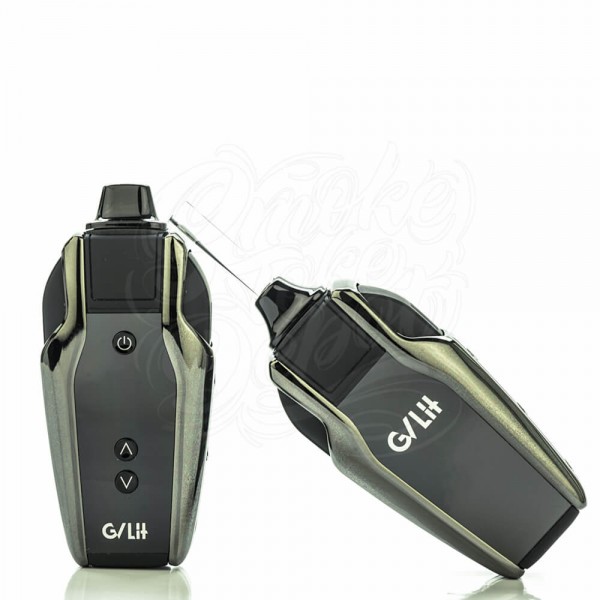
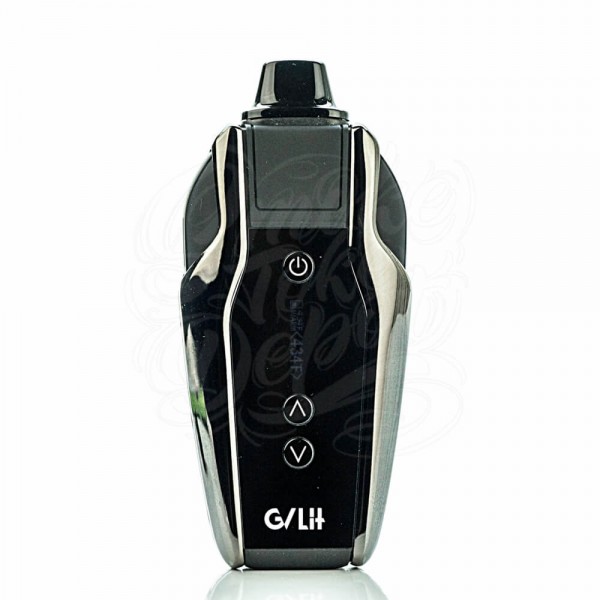
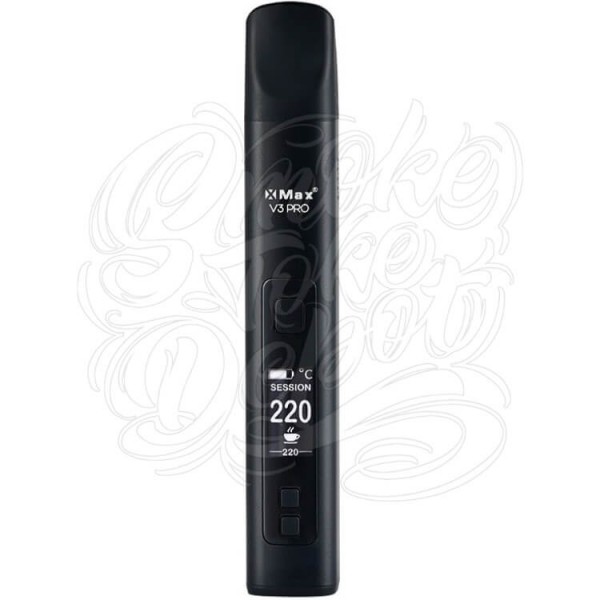
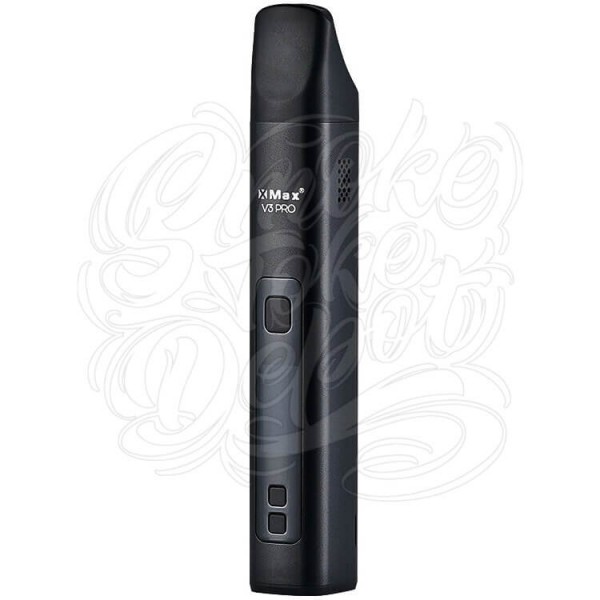

-500x300w.jpeg)



-500x300w.jpg)
